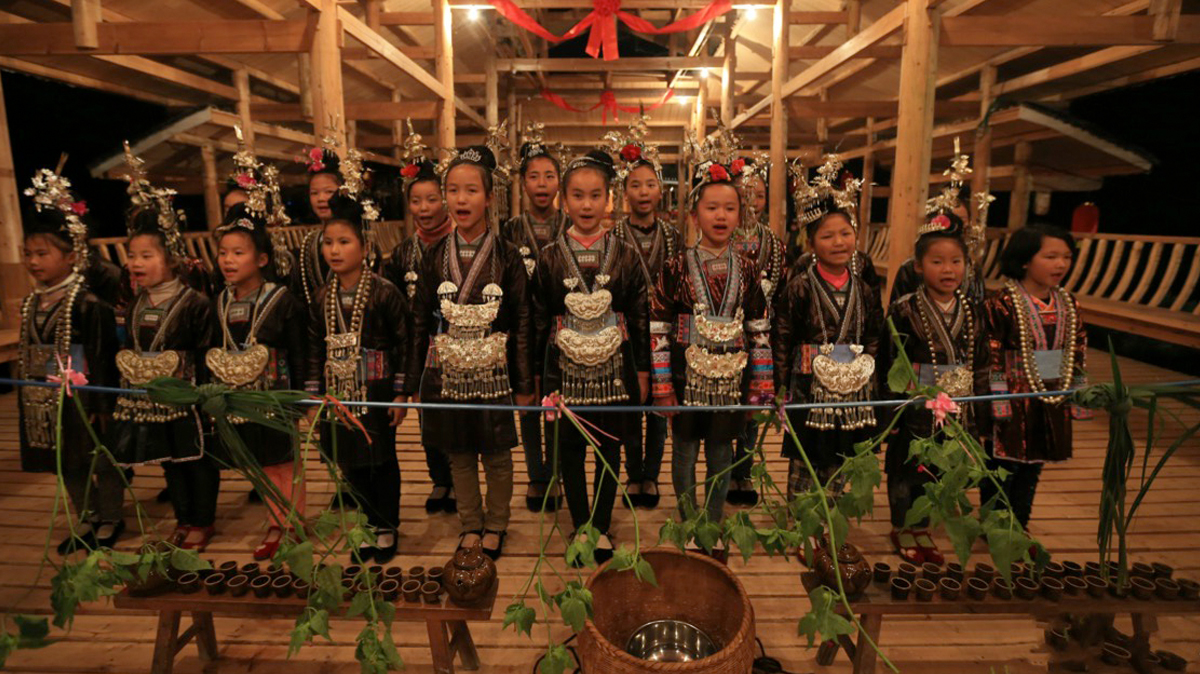
Design for Business, a pioneering, trans-disciplinary conference on design research took place in Melbourne recently.
Among hundreds of papers and projects submitted by leading local and international academics and design professionals, only 21 papers were selected for the Round Table Symposium.
Two UNSW A&D staff were invited to present their work: Associate Professor Fang Xu, Coordinator of Environments/Spatial Design and Dr Ian McArthur, Senior Lecturer working in the domains of experimental and speculative multidisciplinary practice, transcultural design collaboration, metadesign and education change.
The Design in Business conference focuses not only on the role of design in the fortunes of companies, but looks closely at social and educational impact, strategic thinking and sustainable solutions provided by design thinking.
Xu co-presented a paper with Associate Professor Fujian Mo, Guangxi Arts Institute and Yuanyuan Chen, Charitable Foundation Brand Project, on alternative learning processes for project design and management, reflecting on a specific Village Revitalization project in the remote Tongguan village, Guizhou province.
Villages throughout regional China are facing similar threats. Unemployment and urban drift leaves behind an aging and culturally and economically unsustainable community.
The revitalisation project took two years to complete. Instead of a typical, hierarchical development process, villagers were part of every facet of the project: designing, planning and building. The outcome was a Villagers’ Centre that reintroduced cultural cohesion and confidence to the community.
Instead of offering temporary solutions, the Village Revitalization project used design as a platform to identify and mitigate fundamental problems in the community. It also set an innovative, functional example of how both project design and management can transform all remote villages facing similar challenges.
Dr Ian McArthur partnered with Dr Martin Tomitsch, University of Sydney. Observing how developers have identified opportunities for advertising with urban media at building sites and other city development projects. Both academics noticed the absence of long-term strategies for community engagement or neighbourhood revitalisation.
McArthur and Tomitsch proposed a new framework where mediatized placemaking projects provide opportunities to deliver interventions that “connect urban media with participatory design and data visualization”, increasing the connection between people and precincts.
